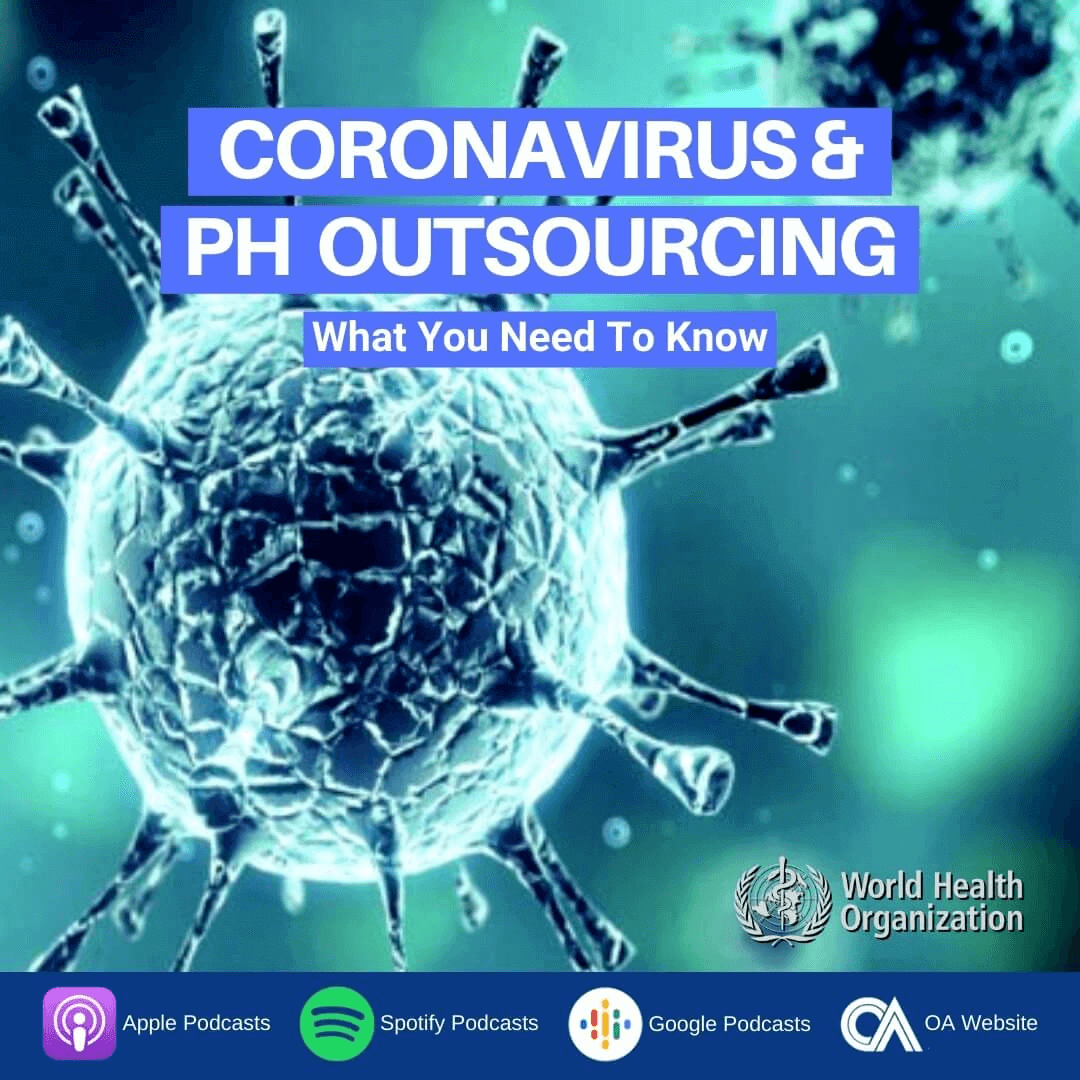The dos and don’ts of sales prospecting

Sales prospecting is not an easy feat—not by a mile.
Most sales teams go through hours and hours of training to narrow down their skills and hone them. It is a practice that needs to be sharpened.
Trends shift, and customer needs change over the course of a few months.
Sales teams need to modernize their ways and adapt to these changes if they want to be successful in this line of work.
What is sales prospecting?
Sales prospecting involves gauging the interests of the clients and customers in the product or service they’re pedaling toward the market.
If done right, sales prospecting will positively affect your business’ sales and performance by initiating long-term relationships. If it’s done badly, it will negatively affect revenue by losing you a potential customer.
We can consider this process as the first step of customer acquisition and retention. Perhaps it’s one of the most important phases of marketing as well.

Must have prospecting skills for sales teams
Prospecting skills may vary from person to person. Some people thrive verbally, some might opt for a more subtle prospecting approach.
That being said, prospecting all boils down to interpersonal and intrapersonal skills. These, along with attentiveness and persuasiveness, are pretty much all a salesperson needs with prospecting soft skills.
- Above-average communication skills (verbal and written)
- Attention to detail
- Active listening
- Emotional intelligence
- Empathy
- Persuasiveness
A sales rep must equip themselves with these soft skills, along with product knowledge, technological know-how, and effective sales techniques.
Sales prospecting tips
Here are some do’s and don’ts of sales prospecting to help beginners and experts alike.
Don’t: Launch into a scripted monologue
As a customer, have you ever received a telesales prospecting call, and the other person on the line immediately launched into a monologue?
Right after saying a spiel of “Hi, this is __ on a recorded line…” some salespeople go straight to their sales script. While this isn’t technically wrong, it may appear insincere and impersonal.
Prospects need to know that salespeople aren’t just after their hard-earned money.
Do: Create a professional connection
Even if the sale didn’t go through, keep in mind that these people on the prospect lists are still connections.
Failed sales and deals may turn into successful ones sometime after. Remember that in sales, timing is everything.
To create a professional connection with the prospects, take note of their needs and preferences. Create solutions for their problems and follow up appropriately.

Don’t: Jump to conclusions
There will be times when salespeople will encounter prospects and clients who are curt—they may answer in a short and clipped tone.
For instance, “I don’t have time to talk today.” doesn’t mean “I don’t want to talk to you today.”
Many people, even those who aren’t in sales, will take this as a hard no. Even if the prospect didn’t exclusively say no.
Don’t jump to conclusions and translate phrases and messages into something entirely different.
Do: Prepare for rebuttals
On the other side of things, it’s a general rule of thumb that salespeople have to try to convince their prospects at least.
Rebuttals will come in handy for this one.
If a client is hesitant about the quality of the product or service, reiterate its best features and quality checks that it goes through.
If a client is hesitant to change brands, highlight the positive differences between your brand and your competitors.
Listen to the prospects’ qualms and concerns—addressing these will increase the chances of the deal being successful.
Don’t: Push your customers into purchasing
Never coerce, pressure, or bully a customer into purchasing. Along with guilt-tripping and power-playing, these sales techniques are outdated and even offensive to some.
As a salesperson, always keep in mind that these prospects are also as human as you.
One of the most ineffective ways to sell is hard selling. So rather than wasting effort, time, and potential on hard-selling, be attentive to what your prospects need instead.
Do: Understand their needs
As a salesperson, one of your primary job responsibilities is to understand what the market needs.
Trends shift for a reason, and you’re the first point of contact for the brand you’re representing.
Along with honing your product knowledge, studying and being attentive to your customers’ needs are important parts of the department’s day-to-day operation.

Sales prospecting: Needs vs. Wants
Identifying the needs and wants of a customer is fairly easy. If you did your prospecting right, you’d already have some sort of idea of differentiating these.
Asking the right questions will lead you to realize the vast difference between needs and wants.
For example, if a customer is struggling with the current version of their phone because it’s too small, it’s too big, or the camera isn’t as clear—this may be a ‘want’ rather than a need.
If the same customer is struggling with the phone’s performance, you may consider it as a need.
Mastering sales prospecting today
Mastering the art of sales prospecting is a dynamic journey that requires a strategic approach and continuous refinement. By adhering to the do’s and avoiding the don’ts, you can significantly enhance your sales success and effectiveness.
Remember that personal and well-researched outbound prospecting goes a long way in establishing meaningful connections with potential customers.
Utilize the wealth of technological tools to streamline the efforts of your sales professionals, but always prioritize the human touch in your interactions.
Keep in mind that patience and persistence are key virtues in effective prospecting. Learn from both successes and setbacks, adjusting your strategies accordingly.
Lastly, stay attuned to industry trends and your customers’ needs. Methods are evolving and increasing personalization, such as by drawing data from social media accounts and targeting and retargeting ads.
The more you understand them, the better equipped you’ll be to deliver value on your next call.







 Independent
Independent




